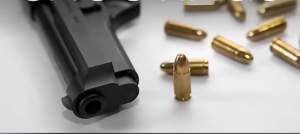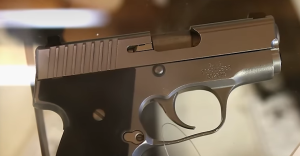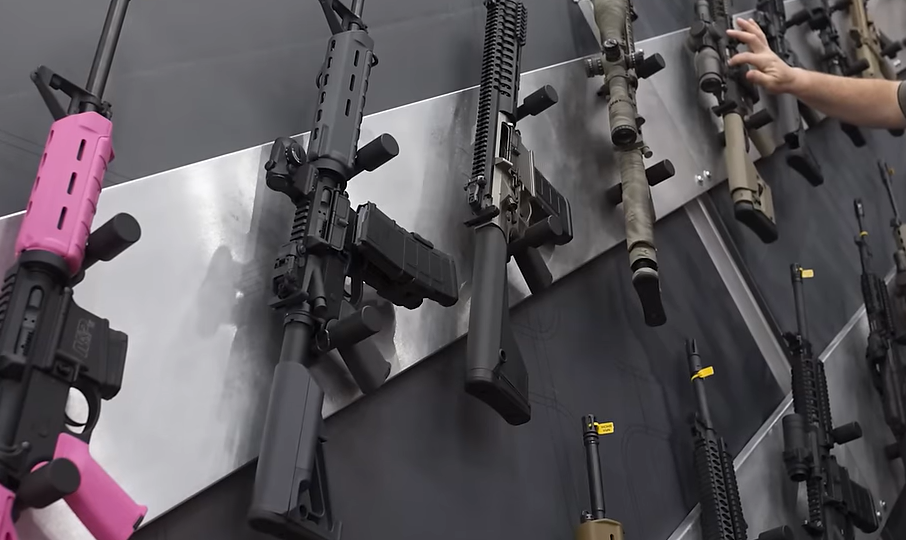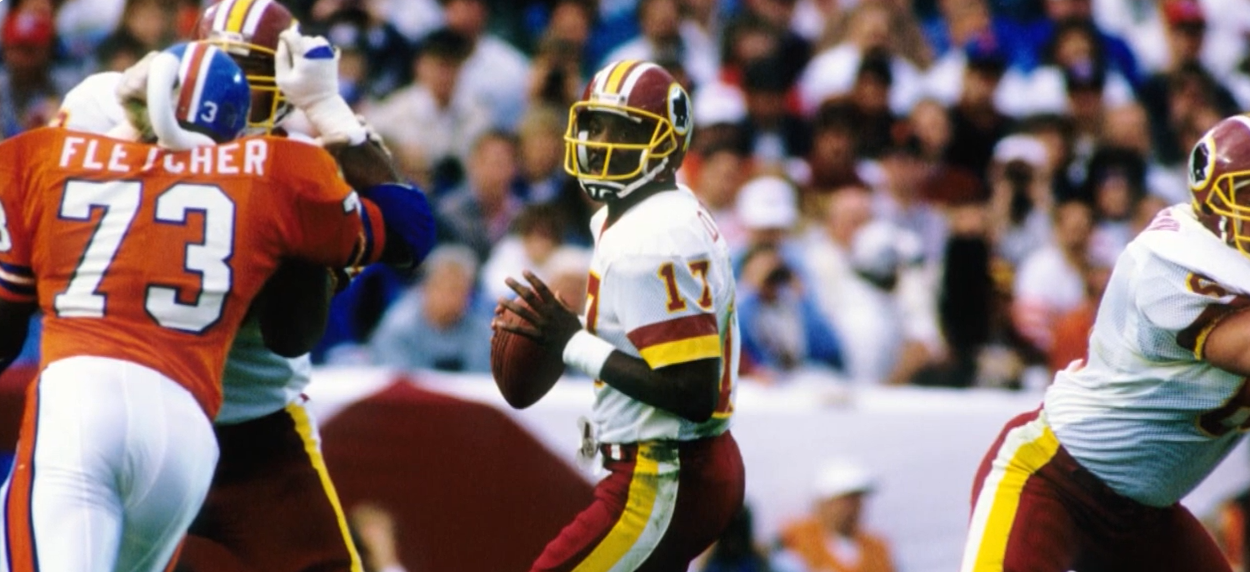By Timothy Holdiness
Photos: YouTube Screenshots
In the streets of Bogalusa, Louisiana, a sadly familiar scene unfolds—the mournful wail of sirens, the piercing flash of blue lights, and another community shaken by the harsh crack of gunfire. This is a recurring nightmare echoing across Louisiana, reflecting a national crisis that grips the heart of America.

This isn’t just about statistics; it’s about gun violence victims like Ranshad Jefferson, whose story mirrors countless others nationwide. Lives are being cut short, and our nation grapples with the alarming rise of gun violence. The harsh reality we face is that gun violence is tearing at the fabric of our society, hindering the growth we so desperately need.
In 2021, Louisiana’s firearm death rate was 28.4 per 100,000 people, nearly double the national average. The roots of gun violence here, entwined with economic disparities and cultural conflicts, extend far beyond state borders. The easy access to firearms, combined with systemic socio-economic issues such as inadequate mental health resources, poverty, and strained police-community relations, has led to a prolonged tragedy that is a nationwide epidemic.
The impact of gun violence on communities is profound, instilling fear, breaking down trust, and perpetuating a cycle of violence. Survivors, families, and communities face immeasurable psychological tolls. Children growing up in these environments are exposed to trauma that can have lasting effects on their development and future prospects.
The Louisiana situation serves as one warning for the entire nation, demanding comprehensive solutions– legislative changes and more. This includes tighter gun control measures, improved socio-economic conditions, and stronger community-police relations. Successful programs from other cities, such as community outreach and youth engagement initiatives within a public health framework in Chicago and Philadelphia, could provide a blueprint for change. Indeed, all successful initiatives from anywhere in the US should serve as templates for everywhere else in our land.

Gun violence is deeply intertwined with other societal problems like drug abuse, domestic violence, and systemic racism–even historical cultural aspects that differ across our land. Effective solutions must be multifaceted and inclusive, addressing not only symptoms but also the root causes of the problem. As innovative approaches such as those undertaken by Detroit, Michigan show, involving committed partnerships amongst all levels of local and state governments can result in lower gun violence levels but also reduce instances of other crimes.
Community engagement is crucial. Local organizations, faith-based groups, and concerned citizens must unite to create safe dialogue and healing spaces. Efforts to strengthen community cohesion can play a significant role in preventing violence and promoting peace.
Education and awareness are key. By educating young people about the dangers of gun violence and providing positive alternatives, we can steer them away from violence. Schools, community centers, and youth programs can offer education, mentorship, and support.
Policymakers and law enforcement play a critical role. Policies focusing on prevention, such as stricter gun control laws and better mental health services, are essential. Law enforcement agencies need to work closely with communities to build trust and effectively address the issue of gun violence, as we have seen in success stories such as Omaha, Nebraska.
Louisiana’s situation is a microcosm of a larger national crisis. It’s a call to action for policymakers, community leaders, and citizens alike. Together, we must weave a new narrative—one where communities are defined by the strength of their bonds and the safety of their streets.

PeaceVoice\Timothy Holdiness, [email protected], is a Community Reporter for The Daily News in Washington Parish.






